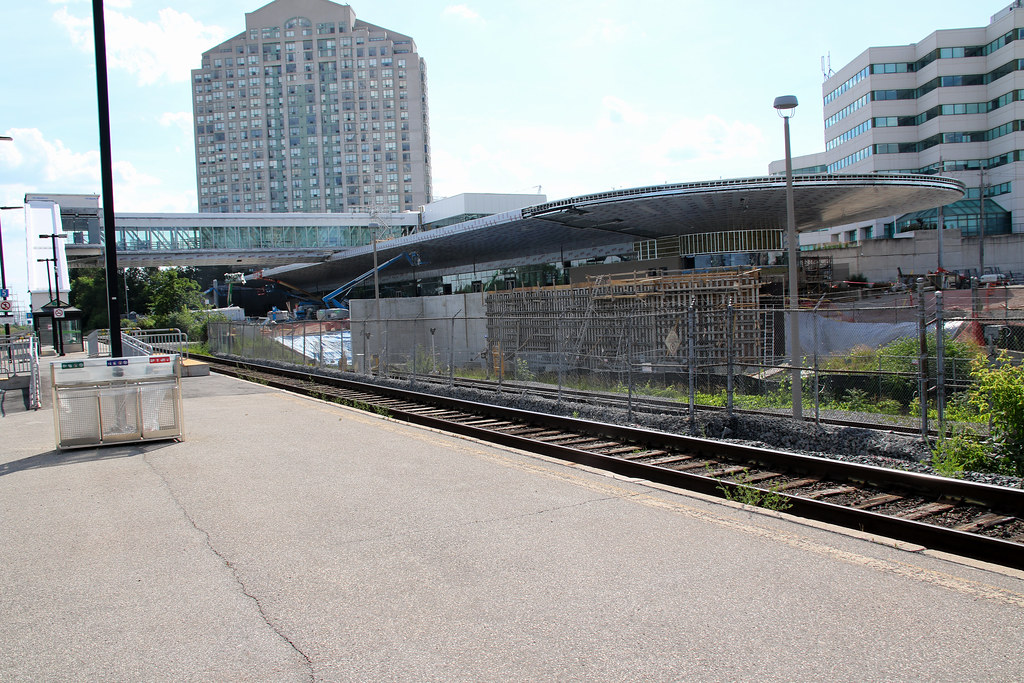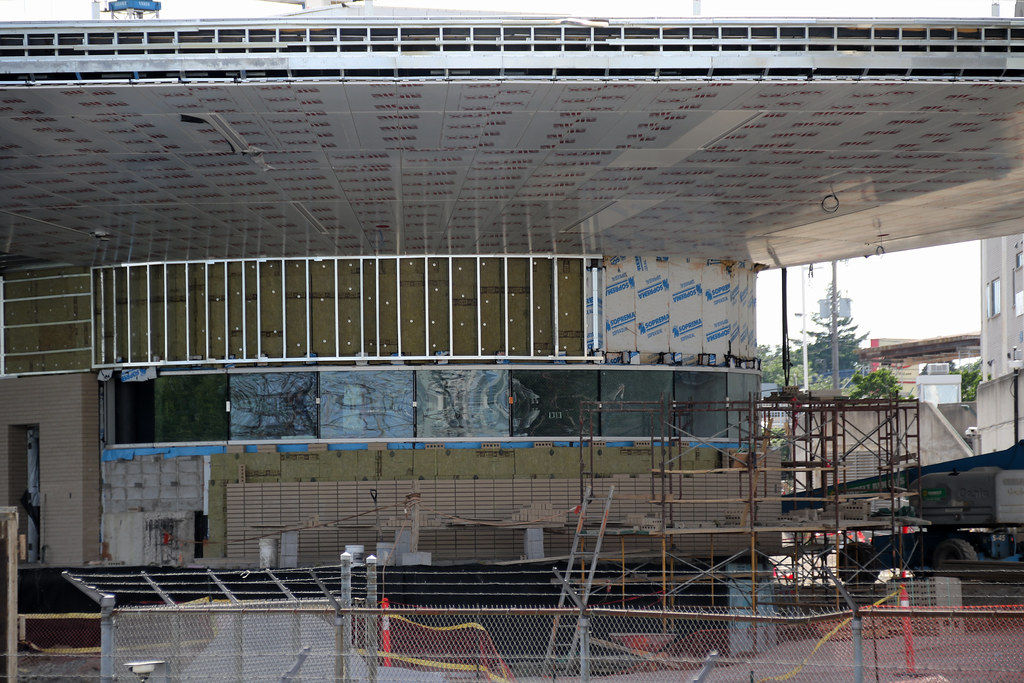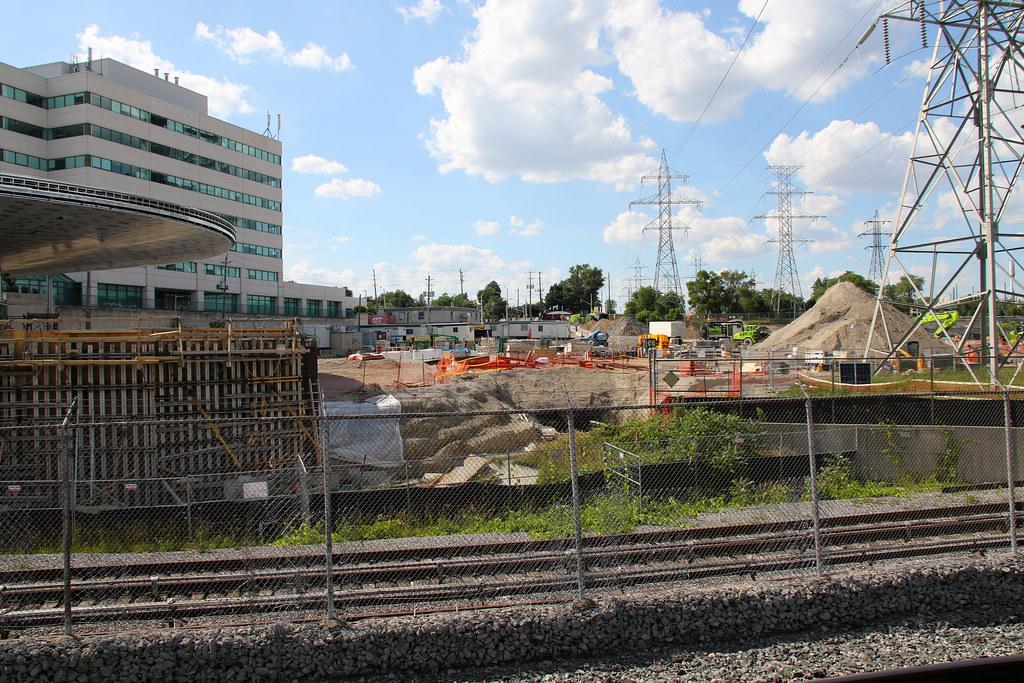Every summer, at least one person in every neighborhood lets the grass turn brown. People start grumbling about what a shame it is that they let their lawn die like that. But did the grass really die because they stopped watering it? Probably not. Grass is not like a tree. When a tree turns brown over the summer, it's more than likely dead. Grasses, particularly cool-season species, are built to turn brown.
Depending on where you live, over the summer grass may experience stretches of time when there is not much rain. When grass, particularly cool-season species, goes without water it does not die, it goes dormant. Different grasses stay dormant for different amounts of time, but they are all usually healthy while they are in this dormancy. Certainly, a prolonged drought will eventually kill grass roots, as well as the blades, but that does not happen very often. A month without a good rain or water of any kind might do it, though, depending on the grass.
WHAT HAPPENS IF YOU WATER THE LAWN OVER THE SUMMER
If you prefer to have a green lawn, you will need to water it over the summer, particularly in very hot weather. If you choose to allow your turf to become dormant, you probably will not have harmed its overall health. But even if you are willing to let your grass go dormant, you should still consider irrigating it once or twice during rainless periods during the real heat of summer just to be sure it won't die.
A BETTER WAY
If you want yo keep your grass green all summer, you will need to water whenever the grass starts to dry out. Whether from rainfall or an irrigation system, most lawns will need about 1 to 1/2 inches per week in order to remain green.
THE REAL DIRT
If you want your grass to be green all year, you will probably need to irrigate. Besides unsightliness, though, there's nothing wrong with letting grass go dormant over the summer. But if there's a dry spell lasting more than a month, you will need to get out the sprinkler if you want it to survive.


















